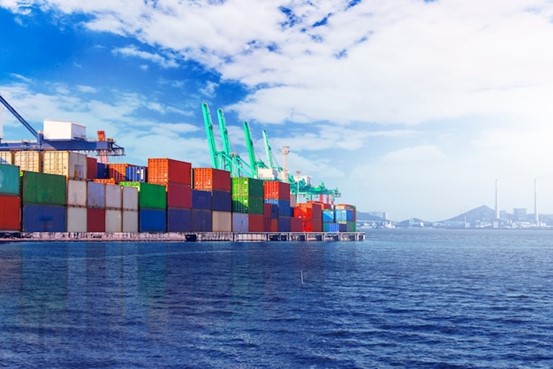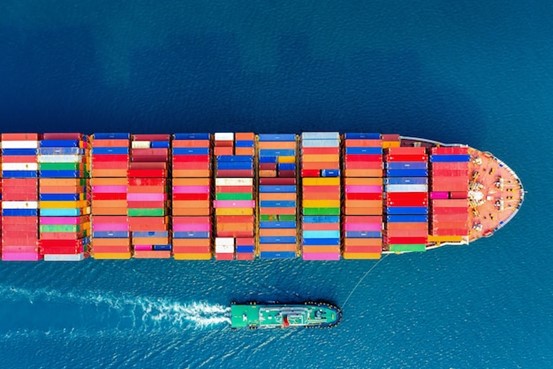How Can Every 3PL Fulfillment Provider Prepare Themselves for 2023?
The freight industry is constantly evolving, and shipping is a key business element. After almost three years of unprecedented supply chain disruption, 2023 will bring its own unique challenges and opportunities to third-party fulfillment providers. The impact of the COVID-19 pandemic, rising costs of living, and geopolitical turmoil can be expected to ripple through 2023. This is likely compounded by the pressure on supply chains from the global recession and ongoing inflation.
5 tips to overcome challenges and seize opportunities in 2023
Whatever the situation, being prepared is essential to survive and thrive. Here is what the third-party logistics(3PL) should do in 2023 in the face of the predicted risks.
- Control shipping cost
After the surge in shipping costs over the past few years, third-party fulfillment providers are finally feeling some relief. According to the global container freight index Freightos Baltic Index[1], the average cost of shipping a container worldwide is currently US$3,429, compared to US$10,396 in October 2021. However, in the meantime, labor shortages and their high costs will continue to be an issue. As a result, bottlenecks in the global supply chain will continue to exist, mainly due to pandemics and global conflicts. Therefore, third-party fulfillment providers will still need to spend time and thought on labor costs to reduce transport costs to the lowest possible level and create more profit margins for customers.
- Diversify strategies to meet the consumers' various needs
In an increasingly competitive business landscape, customers are becoming increasingly demanding of their supply chains in order to stand out from a range of similarly positioned or aligned businesses. For example, customers demand transparency regarding the delivery dates of their parcels. If the brand fails to deliver on time, its reputation is at risk. While consumers prioritize free and fast delivery, customers should not disregard full disclosure of reasonable delivery times. Improving communication about delivery times is an important aspect of fostering a good customer experience between third-party fulfillment providers and brands.
- Focus more on environmentally friendly deliveries and sustainable packaging
Customers are increasingly concerned about the environmental impact of their buying habits. They want to know what their carbon footprint is and how they can take steps to reduce it. Third-party fulfillment providers that prioritize reducing emissions and are transparent with their customers about their sustainability values will encourage like-minded brands to shop with them. There are several aspects to the technology of sustainable transport, including reducing the length of the supply chain and using more energy-efficient transport methods. It also addresses other aspects of packaging and transport that consume resources.

- Keep delivery status up-to-date and transparent
Clarity on the date customers expects parcels to be delivered. When third-party fulfillment providers fail to deliver on time or set unrealistic expectations in global shipping logistics, it jeopardizes customer relationships with the fulfillment providers. It increases the chances that shoppers will go elsewhere. Building trust and transparency over delivery-related communications in 2023 are critical to developing long-term customer relationships that are strong enough to withstand the industry's current challenges. For example, if a brand needs 10 days to ship a certain product, Yun Fulfillment will tell our customers at the checkout - not after the expected delivery date of the product.
- Shift to a just-in-case model
Adopting just-in-time (JIT) inventory management strategies in uncertain economic times may seem attractive. After all, they provide flexibility for the brand in unpredictable circumstances. However, they also leave the brand without guaranteed stock levels, which can be risky during peak seasons. The third-party fulfillment provider Yun Fulfillment moves from a 'just-in-time' to a more stable 'just-in-case' model, allowing brands to cope with more supply chain setbacks. While it may not insulate the company from another global pandemic, operating with stronger inventory levels may help the company overcome supply chain hurdles and maintain the integrity of the fulfillment channel.
Conclusion

As we close out 2022 and move into 2023, keep these transport trends in mind so you can start implementing them in the first quarter. Ensuring you're up to speed on new shipping strategies will help the third-party fulfillment provider optimize its operations and deliver a better customer experience.
To make it easy for an integrated fulfillment solution, try Yun Fulfillment.